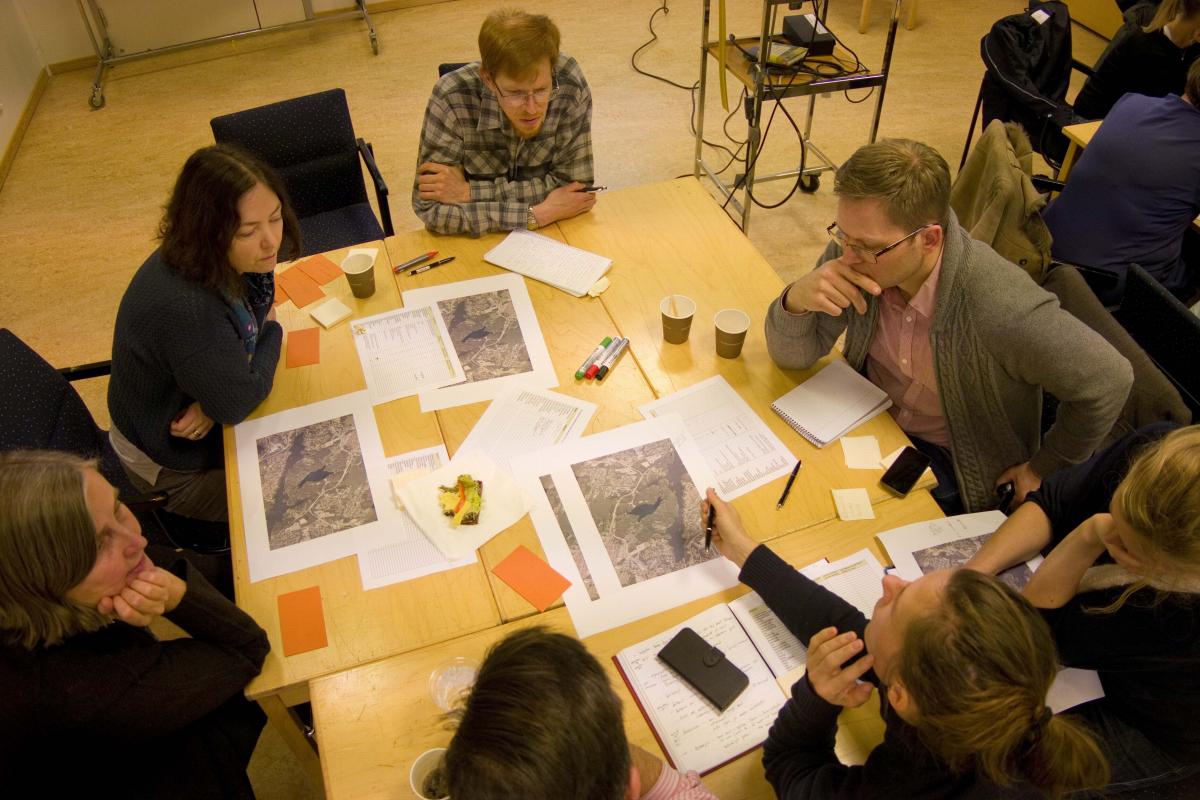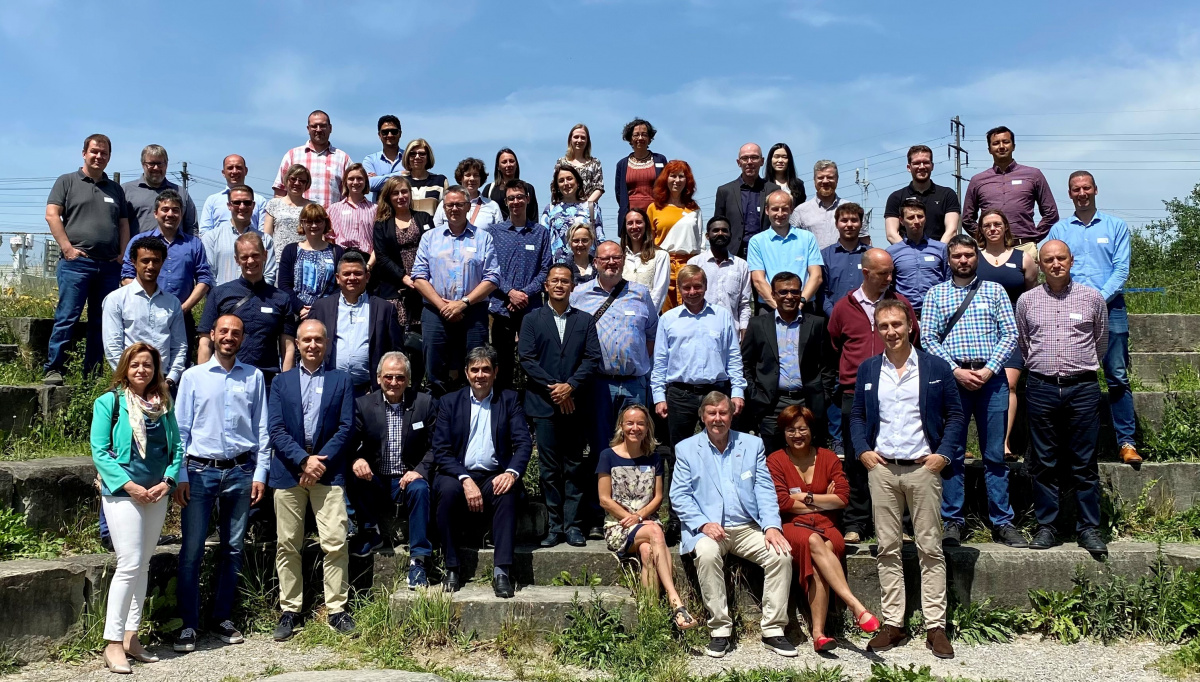Building resilience with green and blue infrastructure
Urban green and blue infrastructure is a critical ingredient for helping cities adapt to climate change, while providing numerous benefits for biodiversity and for local people’s wellbeing. However, climate change and other factors such as increasing urbanisation put the natural and semi-natural areas that provide these benefits under pressure. Understanding those drivers of change and their impacts is critical for informed decision making to increase the resilience of blue and green infrastructure.

Photo: Stockholm Resilience Centre
A participatory resilience assessment involves working with local stakeholders to build understanding of how green and blue infrastructure provides benefits for people and biodiversity and what the pressures are. Through a series of workshops, the stakeholders identify how they value the green and blue infrastructure, building a shared vision for the future of the system. The outcome of the assessment is a set of actions and strategies to build resilience against the pressures on these areas and to move towards the target vision.
The ENABLE project, to which IUCN contributes, tested a process for a participatory resilience assessment in the Flaten landscape of Stockholm, Sweden. The green spaces in this area, including a nature reserve, are well used by local residents but are at risk from rapid urbanisation. The participatory resilience assessment resulted in a joint vision and interim goals, as well as a series of actions for enhancing the resilience of the landscape.
The ENABLE factsheet outlines the steps to take for a participatory resilience assessment, as well as lessons learnt from the process in Stockholm.



